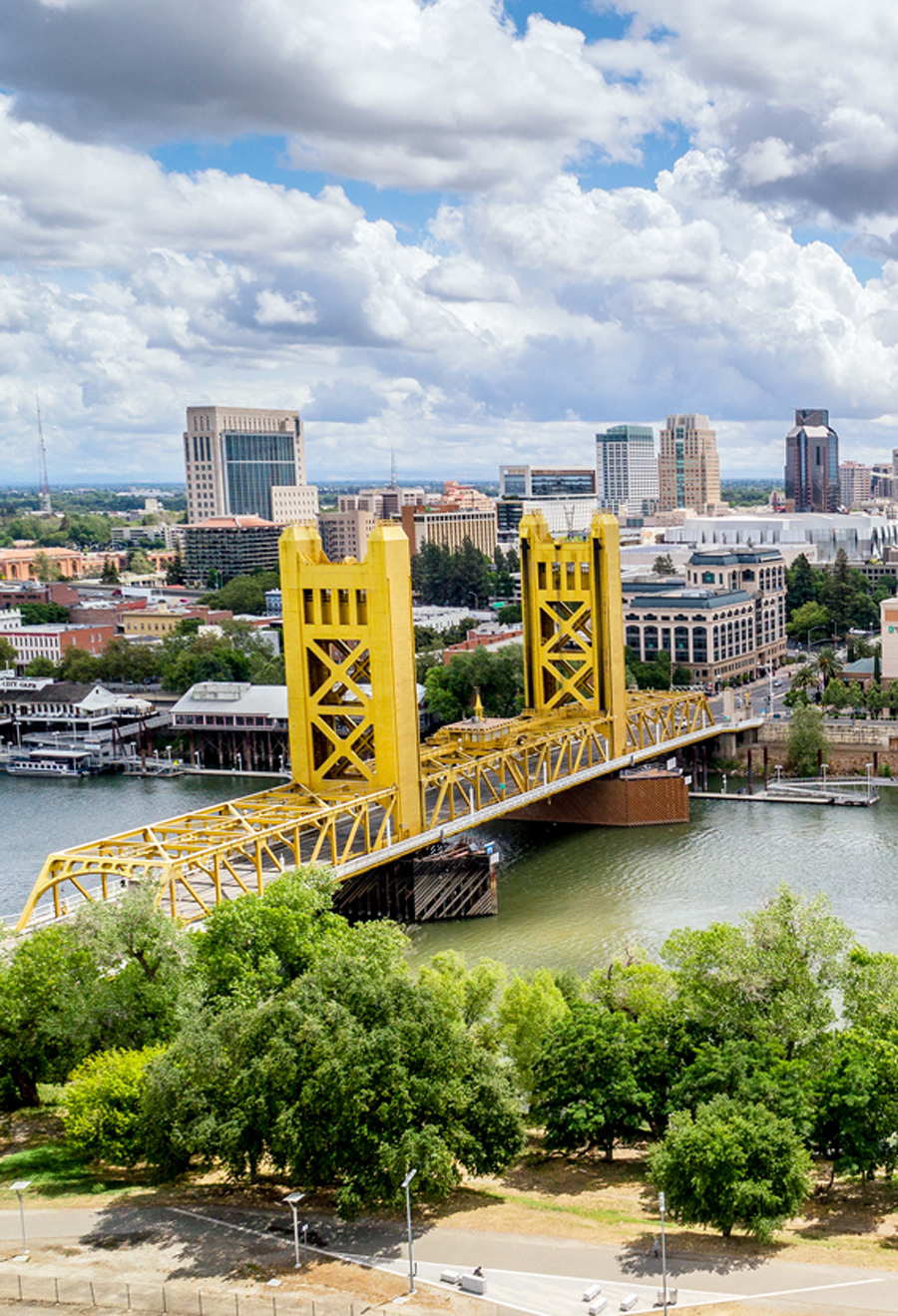Across the U.S., many cities have worked to improve public transportation, build new greenspaces and bike paths, implement recycling programs, and introduce clean energy initiatives — all part of an effort to offset carbon emissions, reduce pollution, and better the environment. Wondering which cities have earned the best sustainability marks? According to a 2024 study from real estate website RealityHop, these 10 U.S. cities are the greenest in the nation.
10. San Jose, California
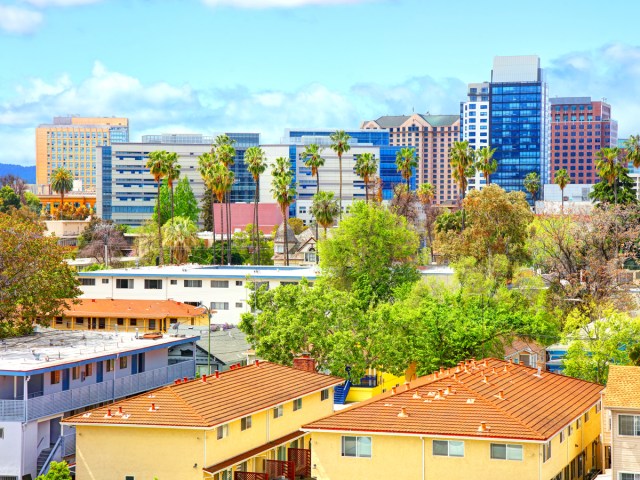
Home to Scarlet Solar Energy Park, a 1,600-acre solar power plant that powers 60,000 residences, San Jose earns 10th place in the report of America’s greenest cities. More than 2.1 million square feet of the Bay Area city’s facilities have achieved green building certification, and San Jose also boasts the world’s largest dry fermentation anaerobic digestion facility, which converts organic waste into roughly 32,000 tons of compost.
The city, located approximately 50 miles southeast of San Francisco in the heart of the Silicon Valley tech region, is also working to plant 100,000 new trees and create 100 miles of interconnected trails as it works to become greener — a boon for residents and visitors alike. The city’s efforts toward sustainability have paid off in at least one respect: In a separate study, San Jose ranked as the No. 3 happiest city in the nation for 2024.
9. San Diego, California
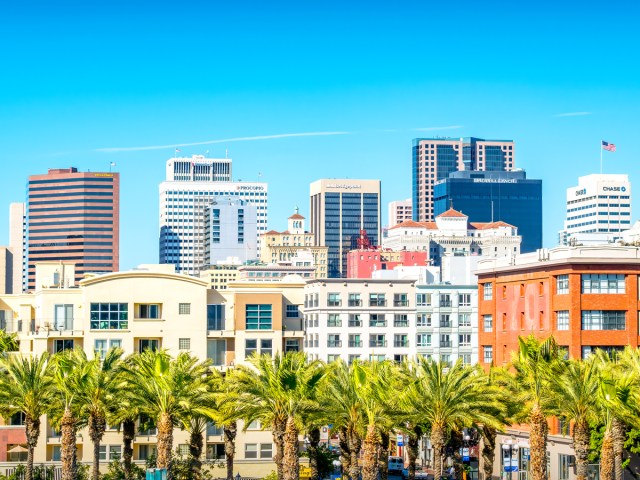
Located approximately 120 miles south of Los Angeles, San Diego is committed to having 16% of miles driven be zero-emission by 2030, which explains why the city has 1,897 public EV charging stations — one of the highest numbers in any American city.
The Southern California city — home to some of the country’s best weather — also features the Miramar Greenery, an organics processing facility that composts food scraps, converts green waste into landscaping materials, and creates energy from decomposition byproducts. Even San Diego International Airport has gone green, with the airport installing a stormwater collection system that reuses stormwater for its landscaping and cooling towers.
8. Sacramento, California
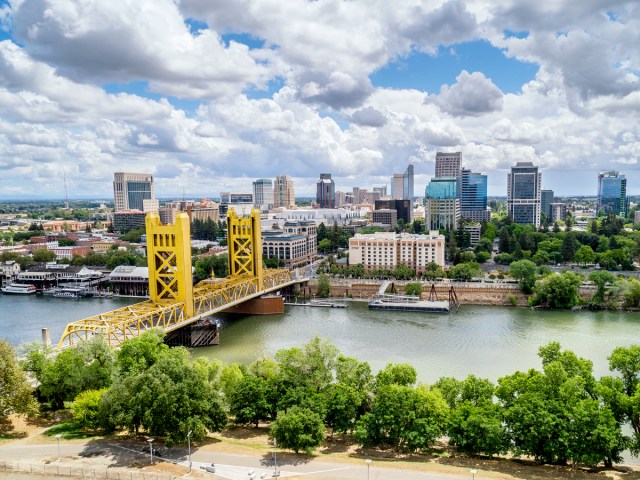
Another California city takes eighth place when it comes to sustainable practices. Not only is it one of America’s most underrated state capitals to visit, but Sacramento also rewards its residents for sustainable practices. They receive rebates when they install water-efficient toilets and washers in their home, convert their sprinklers to drip irrigation systems, and incorporate drought-tolerant landscaping with native plant species in their yard. The city also adopted the Streetlight Conversion Project, which replaced traditional streetlights with more efficient LEDs.
7. New York, New York
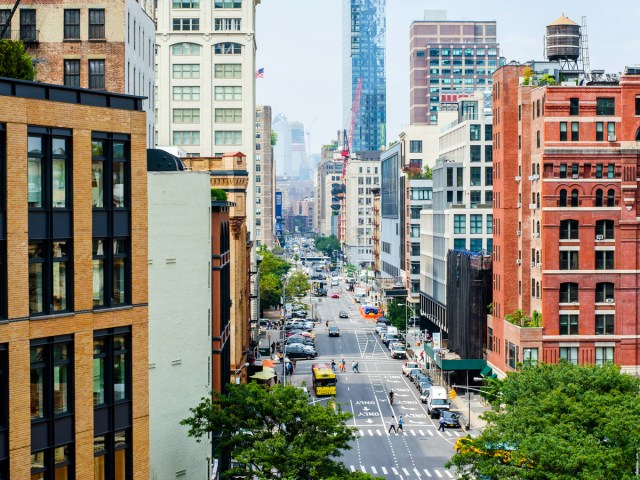
New York ranks as one of America’s greenest cities, thanks in part to its transportation system, which produces fewer greenhouse gases than its buildings. The mass transit system of subways, buses, and taxis allows for easy mobility and environmentally friendly commuting, but New Yorkers claim there’s still more work to be done. That includes investing in pedestrian- and bike-friendly lanes and upgrading current public transit. In 2015, the city also planted its millionth tree as part of the MillionTreesNYC project, and it is currently working to improve its sewer system and control storm flooding by building rain gardens and designing future roads and walkways with porous pavement.
6. Spokane, Washington
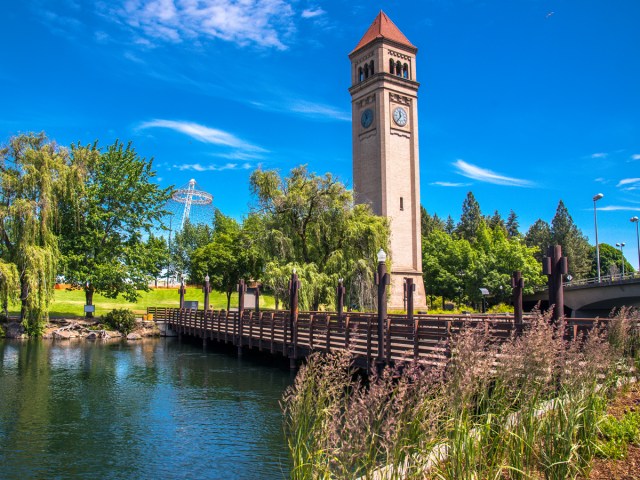
Spokane is proud of its urban forest and encourages residents (and visitors) to recognize its Heritage Trees, which are species in the community admired for their historical significance, impressive size, or rare horticulture value. These trees are protected and well cared for, which is one reason why the city is the sixth-greenest metropolis in America, according to the report. Spokane is also notably bike-friendly, with 113 miles of paths, greenways, and shared-use lanes. The city receives sustainable hydropower from the Upriver Dam, which generates enough electricity for 6,000 homes annually.
5. Oakland, California
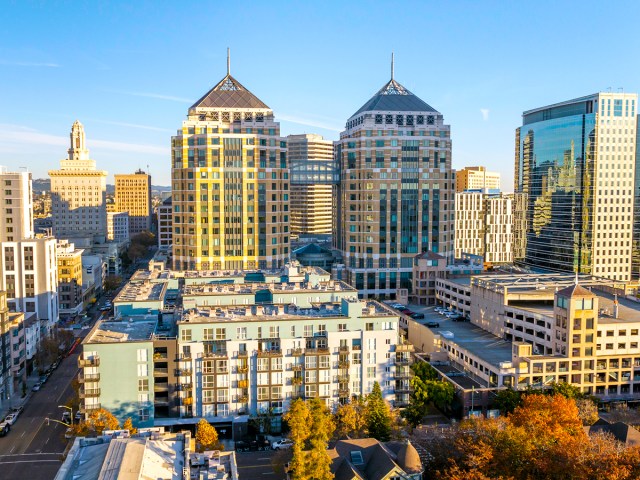
Oakland aims to reduce greenhouse gas emissions by 56% by 2030, and the city will soon be home to ARCHES, which claims to be the first clean, renewable hydrogen hub in the country. ARCHES aims to decarbonize heavy-duty trucking and port operations in the Bay Area city, and U.S. and California government officials hope the project’s success will inspire other metropolises nationwide to adopt hydrogen-powered energy plans. Oakland is also planning to improve air quality by planting more trees and transitioning city fleets to all-electric vehicles in the coming years.
4. Seattle, Washington
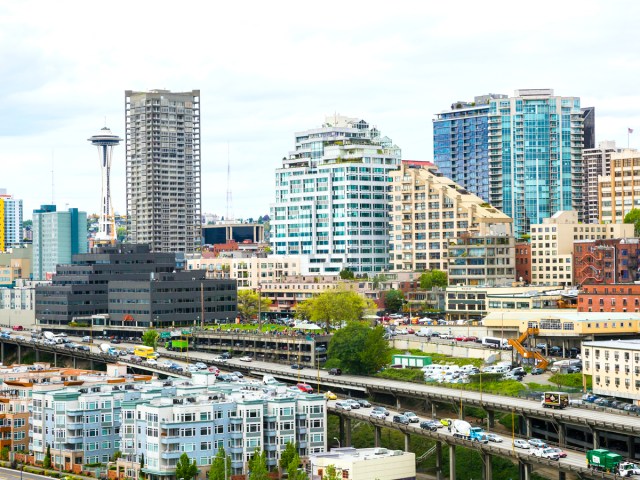
Home of Amazon’s corporate headquarters, Seattle isn’t new to innovative technology, which is perhaps why companies, hotels, and city offices have often gotten creative when it comes to sustainable programs. The city opened the first net-zero-carbon certified arena, the Climate Pledge Arena, in 2021, and in 2019, Amazon committed to achieving net-zero carbon by 2040. Seattle has also mandated composting and garbage trucks that run on biodiesel and continues to add more bike lanes while transitioning to all-electric city buses, ride-share vehicles, and a light rail to and from SeaTac Airport.
3. San Francisco, California

California is arguably the most eco-friendly state in the country, so it’s no surprise another Golden State city takes third place in the ranking of America’s greenest cities. Featuring one of the most robust public transit systems in the U.S., San Francisco offers an expansive network of historic cable cars, street cars, electric trolleys, hybrid MUNI buses, and light rail trains that make it easy for residents to commute and for tourists to explore the city without having to rent a car.
Many locals also ride bikes to get around. Bay Wheels, a public bike share program, has more than 250 docking stations, while the Bike Match program connects bike owners with front-line workers and residents needing a bike. San Francisco also has impressive statistics when it comes to recycling: In 2002, the city adopted a goal of 75% waste diversion by 2010, but it met (and exceeded) the goal two years early.
2. Washington, D.C.
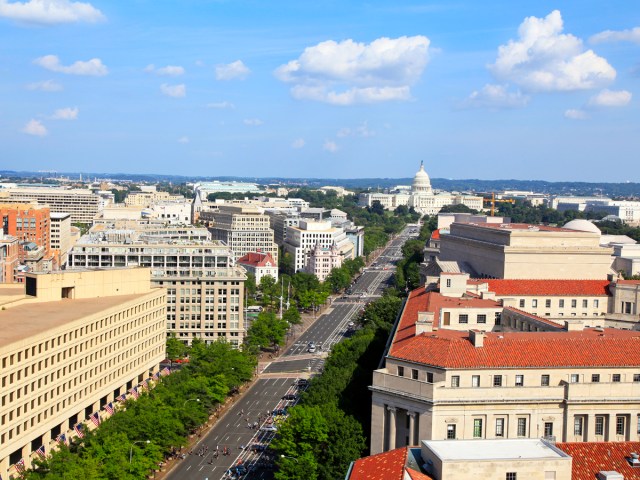
In 1791, the nation’s capital was designed by French city planner Pierre Charles L’Enfant, who came to the colonies to fight during the Revolution. L’Enfant’s team transformed the capital’s former landscape of marshes, forests, and plantations along the Potomac River into a city of stunning squares, public parks, and wide promenades reminiscent of other European metropolises. The result was a highly walkable city whose residents have access to more than 7,600 acres of greenspace, responsible for almost 20% of the city’s land.
The walkability factor alone helps make D.C. the second-greenest city in the U.S., but the capital is also home to many farm-to-table restaurants and LEED-certified hotels and offices, several of which have in-house composting, recycling, and water reuse programs. Additionally, D.C. has implemented sustainable mandates to ban foam packaging and charge customers fees for using plastic or plastic bags at grocery stores.
1. Portland, Oregon
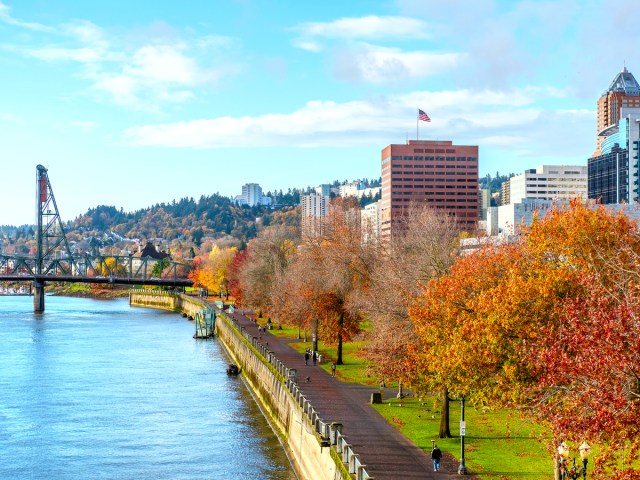
The greenest city in first place is another West Coast gem. Portland, Oregon, is home to many eco-conscious residents, who consistently vote for taxes that go toward better public transportation and bike lanes, net-zero carbon emission measures, and other environmental-focused laws. Urban farming practices, eco-roofs on buildings, and compost collection bins are all part of the citywide efforts to combat climate change. Portland is also home to more than 400 miles of bike paths, 200 stormwater facilities, and 60 public school gardens, along with full-time garden educators so kids can learn about the environment, too.
More from our network
Daily Passport is part of Inbox Studio, which publishes content that uplifts, informs, and inspires.






